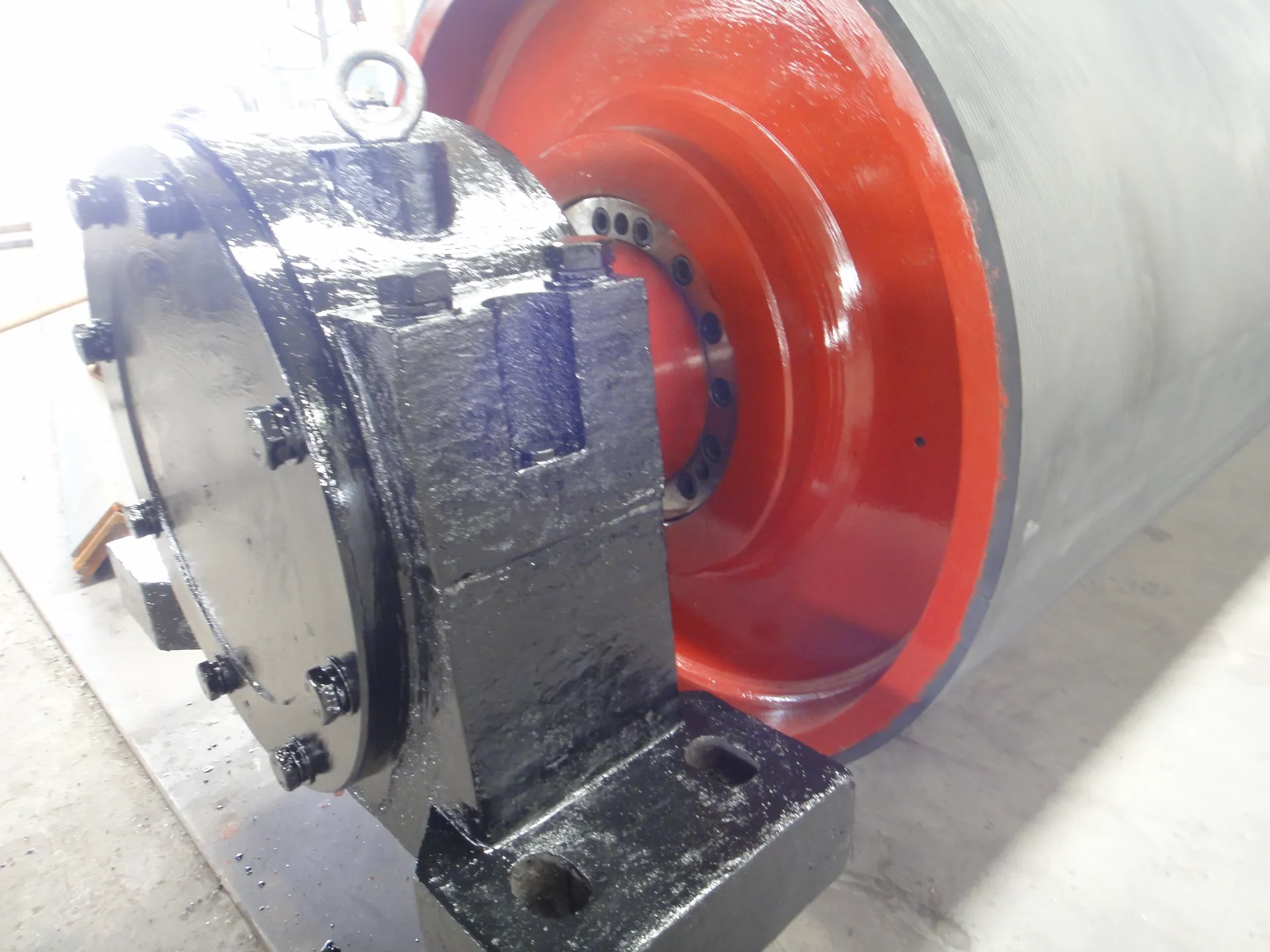 Afrikaans
Afrikaans  Albanian
Albanian  Amharic
Amharic  Arabic
Arabic  Armenian
Armenian  Azerbaijani
Azerbaijani  Basque
Basque  Belarusian
Belarusian  Bengali
Bengali  Bosnian
Bosnian  Bulgarian
Bulgarian  Catalan
Catalan  Cebuano
Cebuano  Corsican
Corsican  Croatian
Croatian  Czech
Czech  Danish
Danish  Dutch
Dutch  English
English  Esperanto
Esperanto  Estonian
Estonian  Finnish
Finnish  French
French  Frisian
Frisian  Galician
Galician  Georgian
Georgian  German
German  Greek
Greek  Gujarati
Gujarati  Haitian Creole
Haitian Creole  hausa
hausa  hawaiian
hawaiian  Hebrew
Hebrew  Hindi
Hindi  Miao
Miao  Hungarian
Hungarian  Icelandic
Icelandic  igbo
igbo  Indonesian
Indonesian  irish
irish  Italian
Italian  Japanese
Japanese  Javanese
Javanese  Kannada
Kannada  kazakh
kazakh  Khmer
Khmer  Rwandese
Rwandese  Korean
Korean  Kurdish
Kurdish  Kyrgyz
Kyrgyz  Lao
Lao  Latin
Latin  Latvian
Latvian  Lithuanian
Lithuanian  Luxembourgish
Luxembourgish  Macedonian
Macedonian  Malgashi
Malgashi  Malay
Malay  Malayalam
Malayalam  Maltese
Maltese  Maori
Maori  Marathi
Marathi  Mongolian
Mongolian  Myanmar
Myanmar  Nepali
Nepali  Norwegian
Norwegian  Norwegian
Norwegian  Occitan
Occitan  Pashto
Pashto  Persian
Persian  Polish
Polish  Portuguese
Portuguese  Punjabi
Punjabi  Romanian
Romanian  Russian
Russian  Samoan
Samoan  Scottish Gaelic
Scottish Gaelic  Serbian
Serbian  Sesotho
Sesotho  Shona
Shona  Sindhi
Sindhi  Sinhala
Sinhala  Slovak
Slovak  Slovenian
Slovenian  Somali
Somali  Spanish
Spanish  Sundanese
Sundanese  Swahili
Swahili  Swedish
Swedish  Tagalog
Tagalog  Tajik
Tajik  Tamil
Tamil  Tatar
Tatar  Telugu
Telugu  Thai
Thai  Turkish
Turkish  Turkmen
Turkmen  Ukrainian
Ukrainian  Urdu
Urdu  Uighur
Uighur  Uzbek
Uzbek  Vietnamese
Vietnamese  Welsh
Welsh  Bantu
Bantu  Yiddish
Yiddish  Yoruba
Yoruba  Zulu
Zulu Understanding Bend and Snub Pulleys in Mechanical Systems and Their Applications
Understanding Bend and Snub Pulleys in Mechanical Systems
Pulleys are essential components in various mechanical systems, playing a vital role in transferring force and motion. Among the different types of pulleys, bend pulleys and snub pulleys hold particular significance. Each serves unique functions, and understanding their applications is crucial for designing effective mechanical systems.
Bend Pulleys
Bend pulleys are primarily used to guide and redirect the motion of belts or cables in a mechanical system. They are designed to create a change in direction for tensioned belts, allowing for a more compact arrangement of machinery. Commonly found in conveyor systems, elevators, and industrial machinery, bend pulleys can effectively manage the layout of components while maintaining optimal performance.
One of the key attributes of bend pulleys is their ability to help adjust the length of the belt path. This adjustment is particularly useful in applications where space is limited, as it allows engineers to design systems that can operate efficiently within confined areas. Additionally, bend pulleys can reduce the wear and tear on belts by smoothly guiding their motion, minimizing friction and stress.
Bend pulleys are typically characterized by their radius, which determines how sharply a belt can be turned. A larger radius reduces stress on the belt, increasing its longevity and reliability. Conversely, tighter bends can lead to increased wear, necessitating careful consideration of the pulley size and placement during system design.
Snub Pulleys
bend pulley and snub pulley

Snub pulleys, on the other hand, serve a different purpose. They are specifically designed to increase the wrap angle of a belt around a drive pulley. By doing this, snub pulleys enhance the friction between the belt and the drive, allowing for better power transmission. This increased grip is critical in applications where higher torque or load capacity is required.
Another significant benefit of snub pulleys is their role in tensioning systems. By adjusting the position of a snub pulley, engineers can effectively manage belt tension, which is crucial for ensuring the longevity and efficiency of the system. Proper tension maintains optimal belt operation and reduces slippage, which can cause loss of power and efficiency.
Snub pulleys are often used in combination with other pulleys in a pulley system. For instance, they can be strategically placed near drive pulleys to maximize their effectiveness. In settings like automotive engines, where precision and reliability are paramount, snub pulleys can play a crucial role in ensuring that the entire system operates smoothly.
Conclusion
In summary, both bend pulleys and snub pulleys are vital components in mechanical systems, each possessing unique characteristics that contribute to overall efficiency and performance. Bend pulleys excel in guiding and redirecting belt motion, allowing for streamlined designs and reduced wear on belts. Snub pulleys, conversely, are instrumental in enhancing belt grip and tension management, which is essential for applications requiring robust power transmission.
When designing mechanical systems, engineers must consider the placement and specifications of these pulleys to achieve optimal performance. Understanding the dynamics of bend and snub pulleys not only enhances the functionality of different systems but also contributes to their reliability and durability. As technology advances and new applications emerge, the roles of these pulleys will continue to evolve, leading to even more innovative solutions in the field of mechanical engineering.
-
Trusted Conveyor Solutions from Leading Conveyor Idler Roller ManufacturersNewsJun.27,2025
-
Reliable Return Idler Solutions for Efficient Belt Conveyor SystemsNewsJun.27,2025
-
Precision Conveyor Accessories for Streamlined Material HandlingNewsJun.27,2025
-
High-Quality Belt Conveyor Idler Solutions for Efficient Material HandlingNewsJun.27,2025
-
High-Performance Belt Conveyor Pulleys for Reliable Material HandlingNewsJun.27,2025
-
Enhancing Material Handling EfficiencyNewsJun.27,2025





























